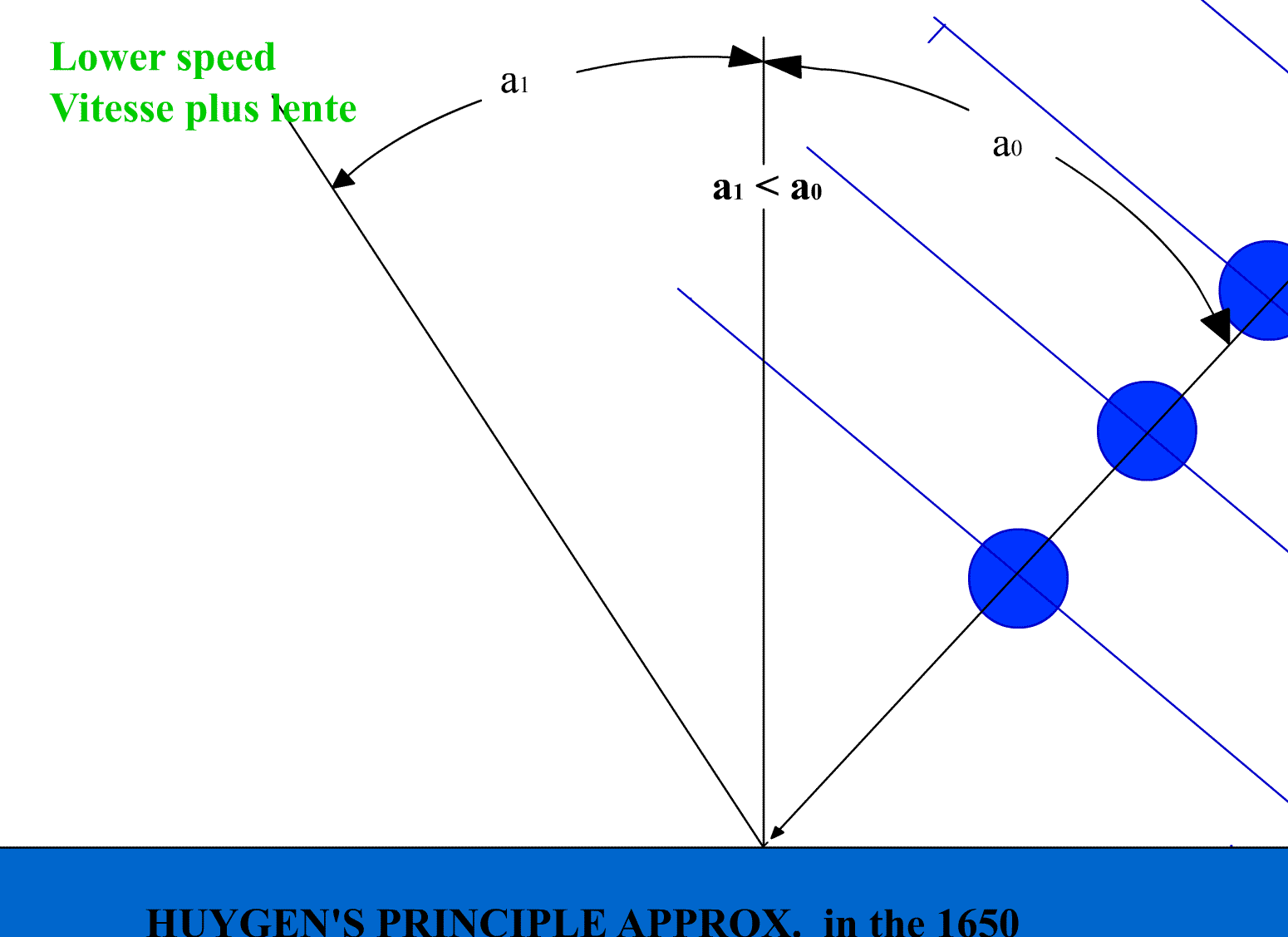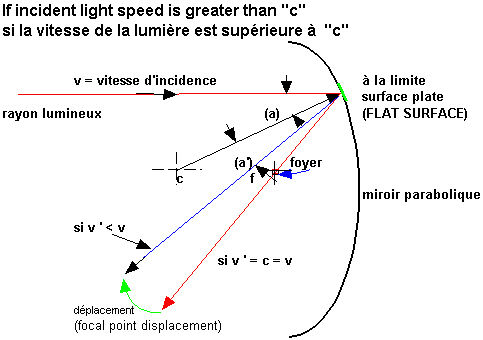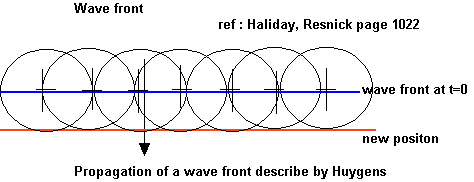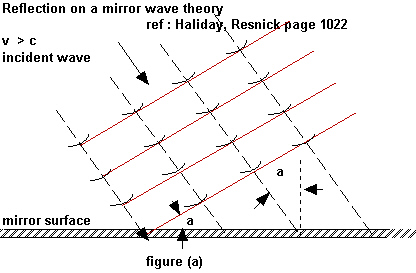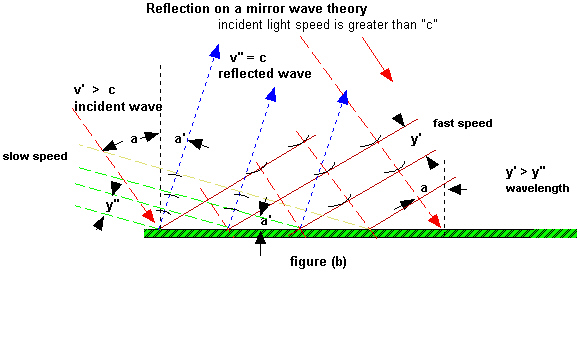EINSTEIN TO HUBBLE TELESCOPE
|
Home page
INDEXSection 1) Einstein's theory where it comes from?Section 2) Focal displacement with light speed change Section 3) Hubble proves our theory Section 4) Theory light propagation Section 5) Michelson Morley experiment Section 6) Details of calculations
"diagram # 2" Spherical mirror
|
Section 2) Focal displacement with light speed changeA) If Einstein was wrong ?Let say that Einstein was wrong and the speed of fossil light from 100 of millions light
years away is not at 300 000 but faster say at 312 000 km / sec. What would happened if this
light falls on a spherical mirror of a space telescope. First from Michelson's experience we know that the
reflected light speed would be at 300 000 km / sec. That would be catastrophic. The image would focus away from its design value because of the change in the speed
of light before and after it impacted the mirror. You can verify, that the focal point will move,
from this independent source, the second answer given in :
|
|
Above is the diagram # 2 showing the light reflecting on a parabolic mirror at a lower speed
than the incident light.
B) Wave theory shows displacement of focal point with a speed shift in reflectioni) Huygens' Theory for a wave front :All points on a wave front can be considered as point sources for the production of spherical secondary wavelets. After a time "t" the new position of the wave front will be the surface of tangency to these secondary wavelets. The theory was accepted because it can predict the well established laws of reflection and refraction.
ii) The law of reflection based on Huygens' theory for light travelling faster than the speed of light "c":1) Diagram showing incident light before it falls on the mirror Figure a) just below, shows four waves fronts falling on a mirror along with its associated rays selected at random . For convenience the waves are chosen to be one wavelength apart. Note that (a), the angle between the wave fronts and the mirror, is the same as the angle between the incident rays and the normal to the mirror. In other words, "a" is the angle of incidence.
2) Reflection on a flat mirror for light travelling faster than the speed of light "c":
Figure b) we show the waves in yellow being reflected on the mirror surface. Notice the change
in wavelength after reflection because of the speed shift. (a')is the angle of reflection. It is
the angle between the reflected wave fronts in yellow and the mirror or the angle between the
reflected rays in blue and the normal to the mirror.
Normally the reflected angle is the same as the angle of incidence because the speed of light
in our reference system is a constant "c" = 300 000 km/sec.
But here we have light coming in our reference system from an other system at a speed of say 312 000 km/ sec. The incident light remains at 312 000 km/sec until it falls on the mirror. Because of Michelson's experience the reflected speed becomes 300 000 km/sec as soon as it interfere with the mirror surface. 3) Reflection on a spherical mirror
Let see now what happens when we apply Huygens law to a spherical mirror in space. In Figure b)
When we build Huygens'diagram the geometry impose that the angle of reflection (a') must be less
than the incident angle (a). This is cause by the change of the light speed.
|

|
| Copyright Michel Masson |
